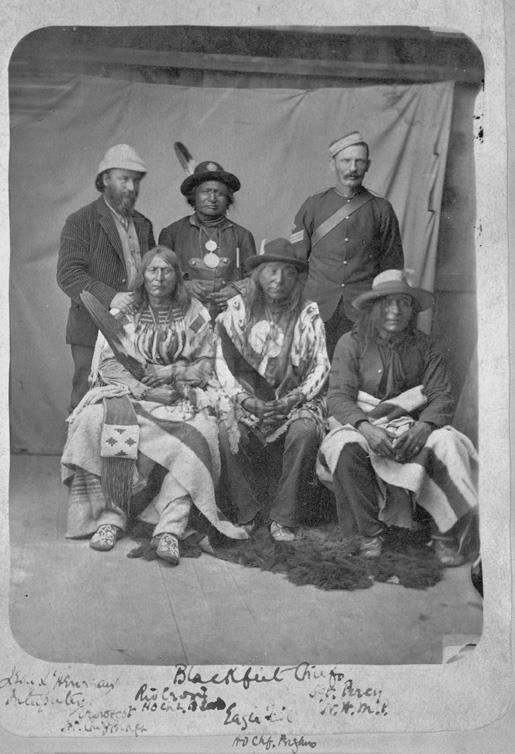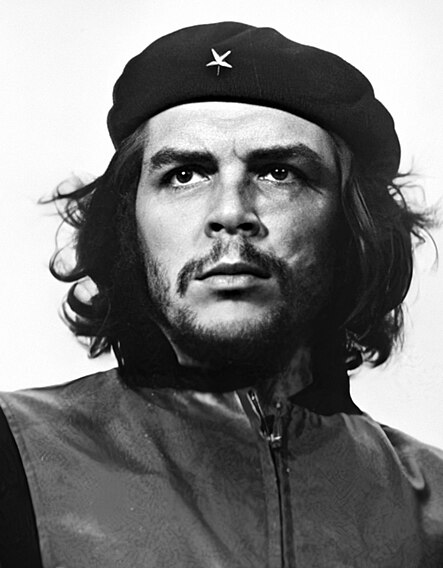 |
Image No: PA-702-33
Title: Eleanor Luxton.
Date: 1928 |
The story of bison in Banff NationalPark is an interesting tale of the display
of wilderness for both conservation and profitable tourism. Like many aspects of Banff’s history, the story
can be linked to the Luxton family. Eleanor Luxton’s work Banff
Canada’s First National Park: A History and a Memory of Rocky
Mountains Park (Banff: Summerthought, 1974, 2008) is a curious
history of the town by an amateur historian and long-term resident. It features a chronicle of Banff events, and
reminiscences regarding the personalities and stories of the region. As an
appendix to the work, a piece written by her father,
Norman Luxton, “The Pablo Buffalo Herd”, tells the tale of the
roundup of a large herd of bison from Montana destined for Banff and Elk Island parks.
The origins of the herd, can be linked
to a 1873 hunting trip of Walking Coyote, of the Pend d’Oreilles (or Kalispel) tribe. Coyote had killed a number of bison, and four calves
followed him after the slaughter of their mothers. These beasts were
kept as “pets” by the family and by 1884 had bred among
themselves, expanding to a small herd of thirteen. (Luxton, p. 145)
Ten of these animals were purchased by Michel Pablo, and C.A. Allard,
and these were supplemented by the purchase of twenty-six other bison
along with eighteen cattalos. Luxton learned of the possible sale of the herd through a
letter from Alex Ayotte, a Winnipeg Free Press
writer, and immigration agent at Missoula. After some discussion
with the minister of the interior, it was decided to purchase the
herd.
Eleanor Luxton notes the idea was to purchase the bison for shipment to Canadian parks for, “conservation, tourist attraction and a possible source
of food for the Indians.” An agreement was made to ship them
north to Elk Island Park, and in 1907 Banff Park's superintendent
Howard Douglas joined Norman Luxton and Ayotte on the trip. In a characteristic nod to the "real ol' West", Luxton recalled during the
railway trip, “getting off at the stations to
examine the bullet holes in the platform, put there by cowboys making
tenderfeet dance.” (Luxton, p. 146)
 |
Glenbow File number: NA-3581-10
Title: Buffalo cows and calves during Pablo-Allard round-up, Montana.
Date: [ca. 1906-1908] |
Upon arriving at the Buffalo Camp, near
Missoula, the men met up with a rough and ready crew of around
thirty-five “mixed-blood” [presumably métis] cowboys. Eager to
test the Canadians' mettle, one of the men asked Luxton to pick out a
horse. A rangy grey was saddled for him, and he managed to stick to the bronc show that ensued. As Luxton recalled, “that lucky ride did
me more good in the estimation of those cowboys than if I had
presented them with a keg of liquor.” (p. 146) Presumably, very few of the cowboys were teetotallers.
 |
GMA File number: NA-3581-1
Title: Messieurs Ayotte,
Allard and Douglas after
Buffalo round-up Ravalli,
Montana.
Date: 1908 |
Staying at the mission at the Flathead
reservation, an incident occurred which casts light on Luxton’s opinion of Ayotte, his rough sense of humour, and his techniques of “conservation”. Luxton
had decided to sleep in a tent outside the mission, but Ayotte opted to inspect the mission house for a bed. Luxton was none too generous
in his description of the man noting that, “he weighed 275 pounds,
every ounce a tissue of selfishness added to an over-bearing manner.”
It seems that Luxton knew that Ayotte would quickly discover that
the beds in the mission were also inhabited by bed-bugs, and prepared
to repel the man from his tent when the bites began to register. As
Luxton records the event,
When I saw Ayotte leave for the
house I hiked for the tent. I always carried a small twenty-bore
shotgun on my trips to collect natural history specimens. Taking two
shells I cut them in half leaving only the thin cardboard wad holding
the powder. […]Ayotte [came] from the direction of the house,
talking and swearing in French. […] Ayotte all but tore the
tent-flap off, we saw his face splashed with dead bed-bugs, and I
pulled one trigger. I fired the second shot as Ayotte was scrambling
to his feet and running as he probably hadn’t done for some years.
[…] Alex slept in the stable from then on. Our night’s show
amused the cowboys and raised us in their estimation. (Luxton, p. 146)
 |
| Glenbow Museum Image No: NA-3581-5 Title: Cowboys circling during Pablo-Allard buffalo round-up, Montana. Date: [ca. 1906-1908] Photographer/Illustrator: Luxton, Banff, Alberta |
As might be expected, rounding up a
herd of bison is no easy task. The group formed a horseshoe of around
forty cowboys, and slowly tried to drive them off their homelands.
As Luxton wrote,
Just about the time we thought we
would really get them off their regular ground, suddenly, the whole
herd would halt as if by command. They would turn around and face
the way we had come, stand, not an animal moving in perhaps the
hundred we had been following. All the cowboy’s horses stood –
no sound. Then from a jump start the buffalo would charge right into
the horse-show of riders, never swerving, as if possessed with the
devil riding them. Never once was this charge broken, nothing
stopped them, not even the river. (Luxton, p. 147)
 |
GMA File number: NA-3581-11
Title: Buffalo being loaded at
Ravalli, Montana.
Date: [ca. 1906-1908] |
The plan was to load the animals into
boxcars at Ravalli station. Again, with the beasts weighing up to
two tons, this was not quite the same as herding sheep. The cars
themselves were custom-built with plenty of reinforcement. As Luxton
put it, “the joke was to get the buffalo into the car, for that
matter it was a joke to get a buffalo to any wanted place.” A system of ropes was designed to pull the animals into place,
but the best laid plans do not always survive first contact with
bison! “One bull went straight through the car, he just took the
side out as if it had not been there. Another bull broke his legs –
well, the Indians had a feast out of that.” (Luxton, p. 148)
Eventually driving around twenty-five head at a time, a total of 200
bison were loaded and bound for Canada.
Up to 1912, Eleanor Luxton notes
that Elk Island Park received 708 buffalo from Montana. In 1911, the
Banff bison paddock received seventy-seven of the beasts. Techniques
changed, but the task of rounding them up was never easy. Eventually
a system of loading individual bison onto wagons to transport them to
the Ravalli station. The results were not always successful.
...he strung these wagons together, the
crates open at each end except the last one. Four cowboys were on
top of each crate to let down a gate effect as soon as a buffalo was
in that crate. Sure the buffalo went in – even to the end of the
train. Then things happened no one could describe. Talk about
cyclone pictures of a town blown to pieces. In minutes not a wagon
was on four wheels, kindling wood and cowboys scrambling for ponies
were all that one could see.
 |
Glenbow Image No: NA-1241-806
Title: Norman Luxton at Banff Indian Days, Banff, Alberta.
Date: 1942Photographer/Illustrator: Gully, F., Calgary, Alberta
Remarks: At Stoney tipi village, Cascade Park, Banff. |
Luxton would long foster a sense that the last vestiges of the old West could be found in
Banff. By promoting Banff Indian days, and keeping the bison
paddock stocked with quintessentially Western game, the Wild West was safely on display. He insured that an experience of the romantic West familiar to readers of Fenimore Cooper and admirers of the art of Charlie Russell was obtainable by all who came to the park. Few visitors who noted the bison grazing from the train would know the hard toil involved in procuring the herd!






























